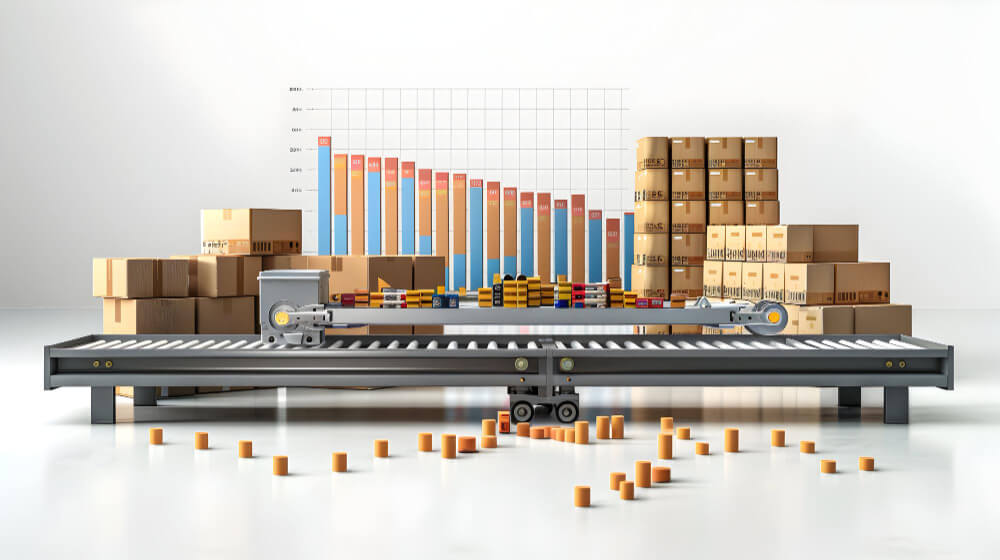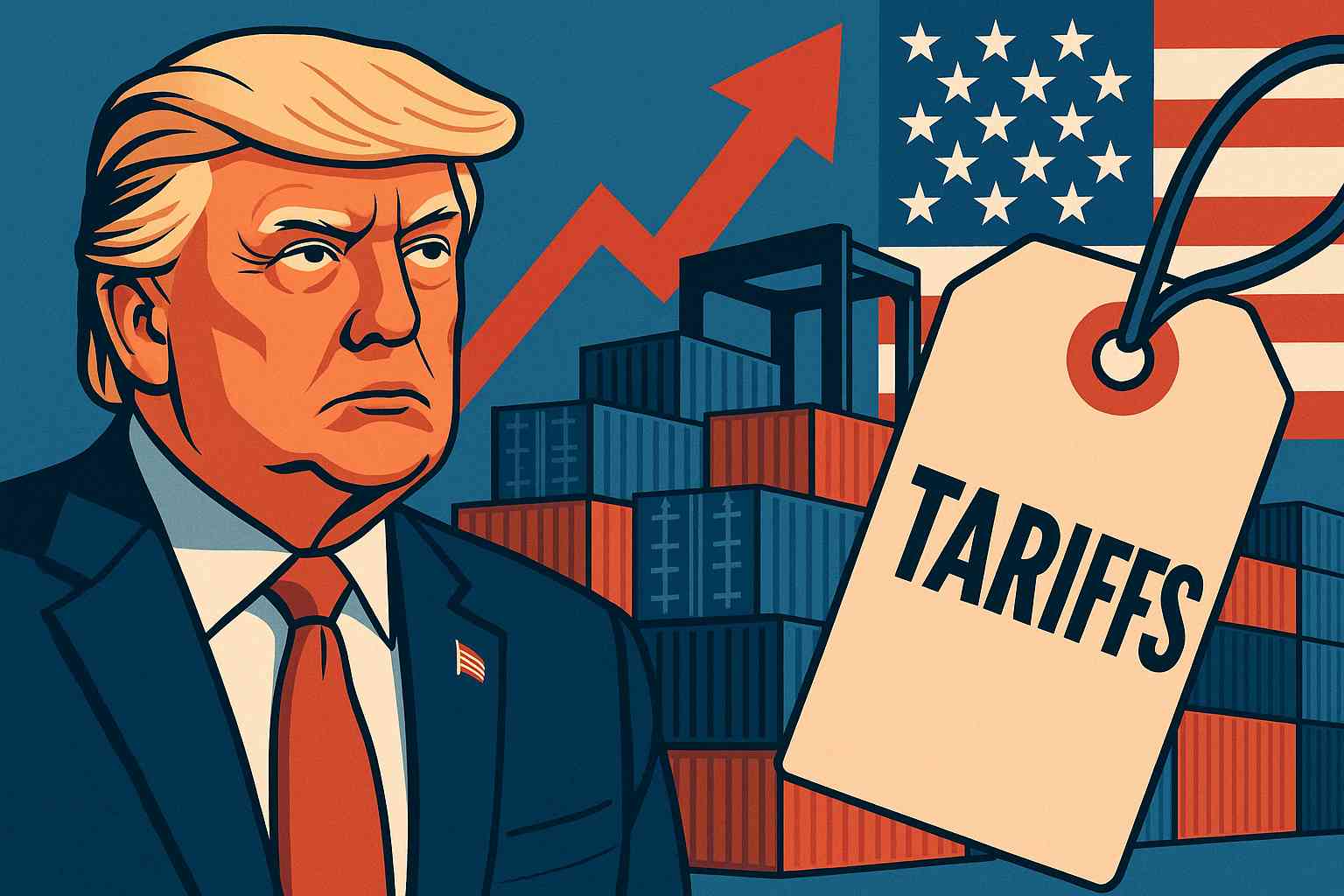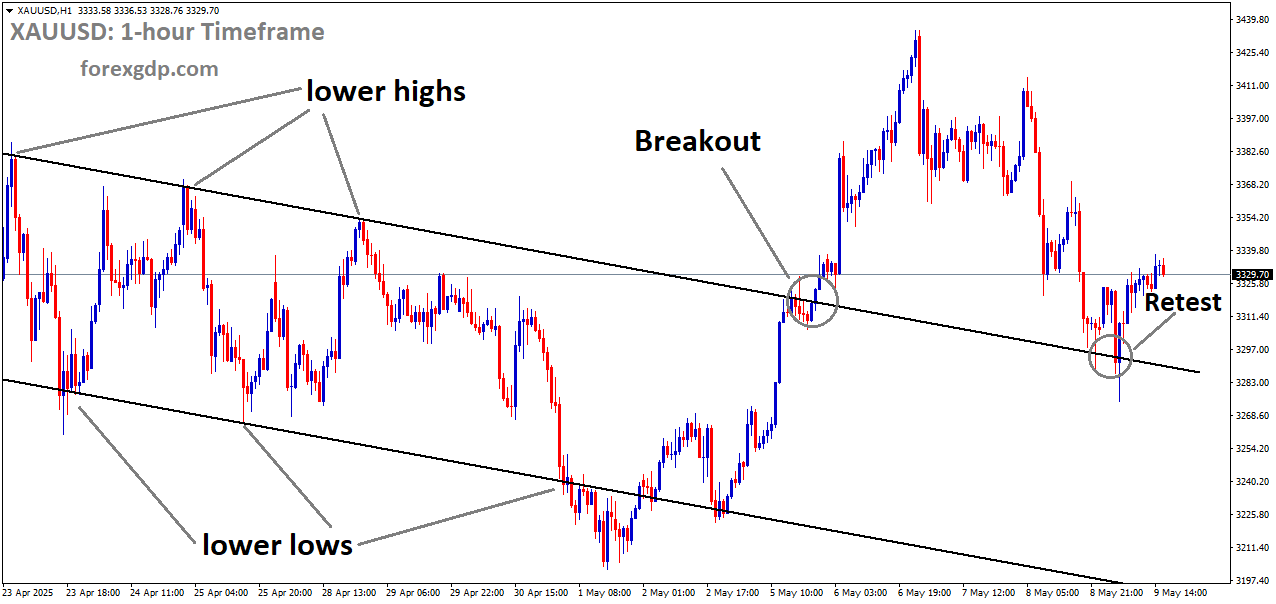Donald Trump is back in action, and his latest move involves shaking up global trade once again. He recently announced a hefty 35% tariff on imports from Canada, effective from August 1, alongside additional tariffs on numerous other countries starting August 7. But what exactly does this mean for ordinary people, businesses, and the economy as a whole? Let’s dive deep and unravel the mystery behind Trump’s tariffs in a simple, engaging way.
What Are Tariffs, and How Do They Affect You?
Tariffs might sound complicated, but they’re really just taxes on goods imported from other countries. Think of them like an extra fee added at the checkout—but instead of you directly paying at the store, the companies bringing products into the US foot the bill first.
Here’s a simple example:
-
Imagine buying a $10 toy imported from another country.
-
If there’s a 10% tariff, the importing company pays an extra $1 to the government.
-
To keep their profits steady, businesses usually pass this extra cost onto consumers—meaning the toy might now cost you around $11.
When tariffs increase significantly, consumers start noticing price hikes on everything from clothes and electronics to cars and appliances. Some companies may even import fewer goods, reducing variety or causing shortages on store shelves.
Trump’s recent tariff hikes, such as those on steel, aluminum, copper, cars, and pharmaceuticals, mean Americans could soon feel a pinch in their wallets. Everyday items—like clothing from popular online platforms such as Shein—could also become more expensive or less available due to tighter restrictions.
Why Is Trump Introducing These Tariffs?
You might wonder why Trump would intentionally make imported goods more expensive. His strategy boils down to one major goal: encouraging Americans to buy more products made right here in the USA. Trump argues that tariffs protect American jobs, strengthen local manufacturing, and ultimately benefit the economy.
He’s also aiming to reduce the trade deficit—the difference between what America imports and exports. Trump strongly believes that foreign countries have exploited America’s open market policies for decades. He calls this situation “unfair,” often accusing trade partners of “cheating” or taking advantage of America’s generosity.

However, Trump’s critics say his aggressive approach creates economic uncertainty, chaos in global markets, and ultimately higher costs for consumers. Critics also accuse Trump of using tariffs as a bargaining chip, hoping to pressure other countries into trade deals more favorable to the US. This tactic has sometimes led to confusion and uncertainty, with tariffs frequently announced, modified, delayed, or withdrawn altogether.
Additional Demands Linked to Tariffs:
Trump has also tied tariffs to other political demands. For instance, earlier tariffs aimed at Mexico, China, and Canada were connected to demands that these nations take action against illegal immigration and drug trafficking. Additionally, he recently threatened harsh tariffs on countries trading with Russia unless peace is achieved in Ukraine soon.
Impact on Countries and How They’ve Responded
Major Tariff Targets and Rates
Here’s a quick overview of some tariffs announced or implemented:
-
Canada: A steep 35% tariff, excluding goods covered under NAFTA (North American Free Trade Agreement).
-
Brazil: Faces a significant 50% tariff on imports.
-
India: Tariff of 25% plus an unspecified penalty.
-
Vietnam: 20% tariffs affecting companies producing goods like shoes and clothing.
-
Indonesia & Philippines: Both hit with 19% tariffs, significantly impacting manufacturing sectors.
-
Japan and South Korea: 15% tariffs on imported products, including cars and electronics.
Trump also introduced a baseline tariff rate of 10% applicable to imports from many other countries unless specific deals were reached. Notably, the UK negotiated the lowest tariff rate at just 10% on some key exports, including cars, machinery, and pharmaceuticals, although limits apply.
Trade Negotiations and Temporary Deals
Trump’s tactics have resulted in various temporary trade truces and deals. For example, the European Union agreed to a 15% tariff on its exports, while some American goods enjoy tariff-free access into the EU. Similarly, negotiations continue with China, with both nations temporarily lowering tariffs previously imposed on each other’s goods. Talks aim to extend a temporary truce, providing a brief respite in ongoing trade conflicts.
Meanwhile, Mexico received a temporary delay, giving an extra 90 days to negotiate terms and avoid harsh tariffs Trump had previously threatened.
How Trump’s Tariffs Are Shaping the US Economy
Tariffs aren’t just affecting international politics; they’re making real impacts at home.
Rising Costs for American Consumers
Big-name companies like Nike, Adidas, and Mattel have already warned they’ll increase prices for US customers. With nearly half of Adidas products manufactured in tariff-hit Vietnam and Indonesia, prices for shoes and sportswear will noticeably rise. Similarly, Barbie dolls and other toys from Mattel will cost more at your local store.
Delays and Disruptions
Tariffs also affect production timelines. For example, car parts often cross borders multiple times during production, particularly between the US, Canada, and Mexico. With stricter customs checks and additional paperwork due to tariffs, manufacturing delays are becoming more frequent, indirectly increasing the cost and availability of finished goods.

Economic Uncertainty and Global Impact
The broader economic outlook isn’t too bright either. Influential organizations such as the International Monetary Fund (IMF) and the Organization for Economic Co-operation and Development (OECD) predict slower global economic growth due to Trump’s trade policies. The volatility and unpredictability of tariffs have shaken investor confidence, impacting stock markets and pensions worldwide. Even the typically stable US dollar has experienced significant fluctuations in recent months.
Political Reaction
Despite Trump’s confidence, his approach faces increasing criticism—not just from opposition Democrats but also influential voices within his own Republican party. Critics argue tariffs are hurting American businesses, raising consumer prices, and damaging international relationships.
So, What Does This All Mean for You?
Trump’s tariffs directly influence your everyday life, whether through higher prices at the store, less variety on shelves, or impacts on your job due to broader economic shifts. While Trump aims to boost local industry and protect American jobs, these tariffs can create as many problems as they aim to solve.
As trade negotiations continue and political dynamics shift, it’s essential to keep an eye on developments. Understanding tariffs, their impacts, and the reasons behind them empowers you to make informed choices, from where you shop to how you vote.
In the coming months, watching how countries negotiate with the US—and how Trump responds—will be crucial. One thing’s certain: these trade battles aren’t ending anytime soon, and the ripple effects will continue touching nearly every aspect of your daily life.
Stay informed, stay prepared, and keep the conversation going. After all, in global trade battles like these, everyone ultimately feels the impact.





